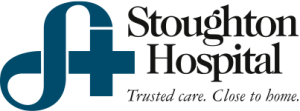The centers for Medicare/Medicaid launched a National program on April 12th, 2011 to reduce hospital readmissions by 20% and reduce hospital-acquired harm by 40%. CMS will fund up to $1 billion dollars for the program. What does this mean for our hospitals? Preventing harm categories: Reducing readmissions, Adverse drug events, catheter associated urinary tract infections, Central line associated blood stream infections (CLABSI), Harm for falls and immobility, obstetrical adverse events, pressure ulcers, surgical site infections (SSI), venous thromboembolism (VTE) and ventilator-associated pneumonia (VAP). The category I would like to focus on is the CLABSI prevention. If the line is placed in your facility and the patient is discharged with the line make sure your patient and any nurse who cares for the line has the knowledge to do so. If the patient is going to a skilled facility, make sure the facility has had the training to care for the line. We all know that you never send the patient out with a short CVC, that you change that line out to a PICC line. Ask questions, provide time for return demonstrations from the patient and family. Understanding how to prevent infections and how to prevent Hospital Aquired Infections (HAI’s) will decrease the chance that this patient will show back up in your ED with complications. Educating the entire team: patient, family, home health nurses and nurses in the skilled nursing facility is key to our success.







